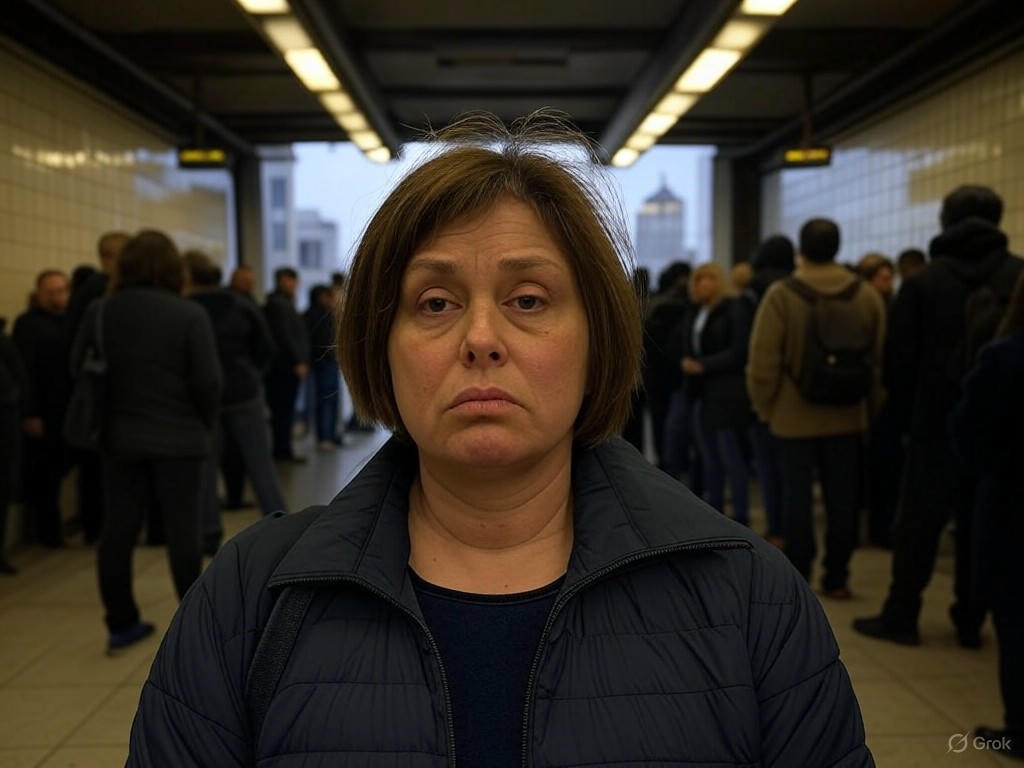BART Trains Shutdown Chaos: Systemwide Failure Disrupts Bay Area Commute on May 9, 2025
Imagine waking up on a Friday morning, ready to tackle your commute, only to find that the entire Bay Area Rapid Transit (BART) system has ground to a halt. On May 9, 2025, thousands of Bay Area commuters faced this exact nightmare as a critical computer networking failure caused an unprecedented systemwide shutdown during rush hour. This isn’t just a minor inconvenience—it’s a stark reminder of how fragile our public transit infrastructure can be. As the story unfolds, the frustration, vulnerability, and eventual relief of commuters paint a vivid picture of a city brought to a standstill. Let’s dive into why this event has everyone talking.

A Sudden Collapse: What Happened to BART?
At 4:29 AM on May 9, 2025, BART issued an urgent alert: a train control computer failure had forced a complete suspension of service across all 50 stations. This wasn’t a small glitch—without the system functioning properly, trains couldn’t operate safely. By 7:00 AM, the ripple effects were undeniable, with major traffic backups clogging approaches to the Bay Bridge as desperate commuters scrambled for alternatives. The timing couldn’t have been worse, hitting during peak morning hours when reliability matters most.
Background: A History of Vulnerability
Serving over 405,000 daily riders, BART is the backbone of Bay Area transit. But it’s no stranger to crises. This shutdown marks the first systemwide failure since the January 2023 track maintenance debacle and echoes a severe 3-hour control system outage in 2019. Critics have repeatedly pointed to the system’s aging infrastructure—now over 50 years old—as a ticking time bomb. Could this latest incident finally force a reckoning for long-overdue upgrades?
Timeline of a Frustrating Morning
The chaos unfolded rapidly. After the initial suspension at 4:29 AM, commuters were left stranded with little clarity on when service might resume. By 9:00 AM, limited service trickled back in the East Bay after a grueling 4.5-hour outage. Finally, at 9:20 AM, BART announced full system restoration as technicians resolved the network issues. For many, though, the damage was already done—missed appointments, delayed work, and frazzled nerves defined the morning. For the latest updates on service advisories, check BART’s official page.
Voices from the Crisis: Frustration and Explanation
BART officials didn’t shy away from addressing the severity of the issue.
“Our train control computer cannot turn on properly... that's obviously not safe. We're not going to run service until all those things happen,”
explained Alicia Trost, BART Chief Communications Officer, as reported by SFist. Another BART Spokesperson attempted to soften the blow, noting,
“It's never a good day, but ridership is significantly less on Friday.”
Yet, for essential workers and those with urgent commitments, this offered little comfort.
Visualizing the Recovery: BART’s Return to Service
As the system came back online, news outlets captured the moment of relief for commuters. Watch this update from CBS News Bay Area on the full restoration of service after the hours-long ordeal:
Emotional Fallout: A City on Edge
The shutdown laid bare the vulnerability of urban commuters who rely on BART as a lifeline. Stories emerged of missed medical appointments and frustrated essential workers unable to reach their shifts. The shock of a major transit system failing during rush hour left many questioning how such a collapse could happen in 2025. As reported by the San Francisco Chronicle, criticism also mounted over BART’s emergency communication, with many feeling left in the dark. This event has reignited debates over public investment in transit infrastructure, with parallels drawn to recent crises in Muni and NYC Subway systems.
Conclusion
✔️ The May 9, 2025, BART shutdown exposed the fragility of a critical transit system, stranding thousands during rush hour due to a computer failure.
✔️ As service resumed, the incident left commuters and policymakers alike grappling with tough questions about infrastructure investment and reliability in the Bay Area.



